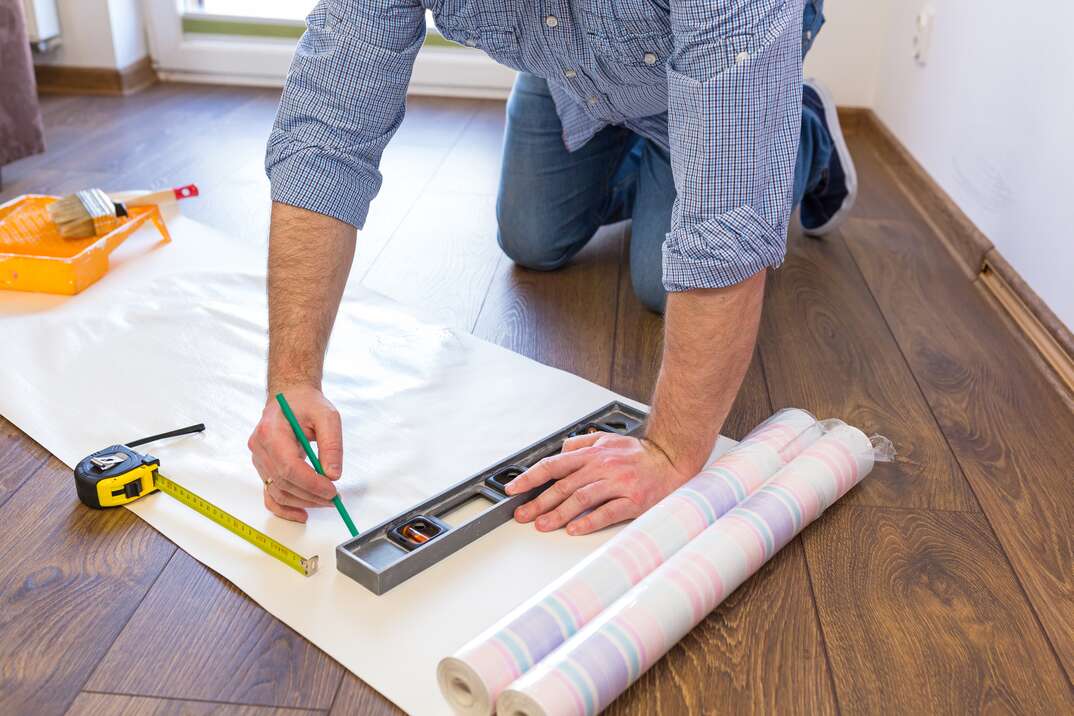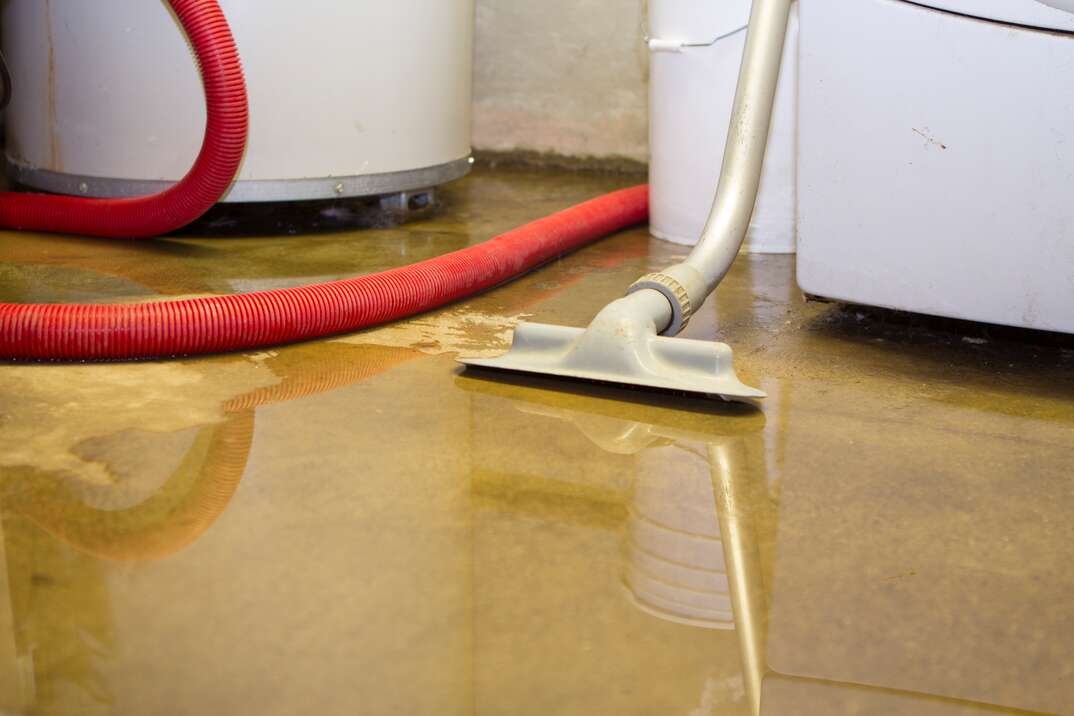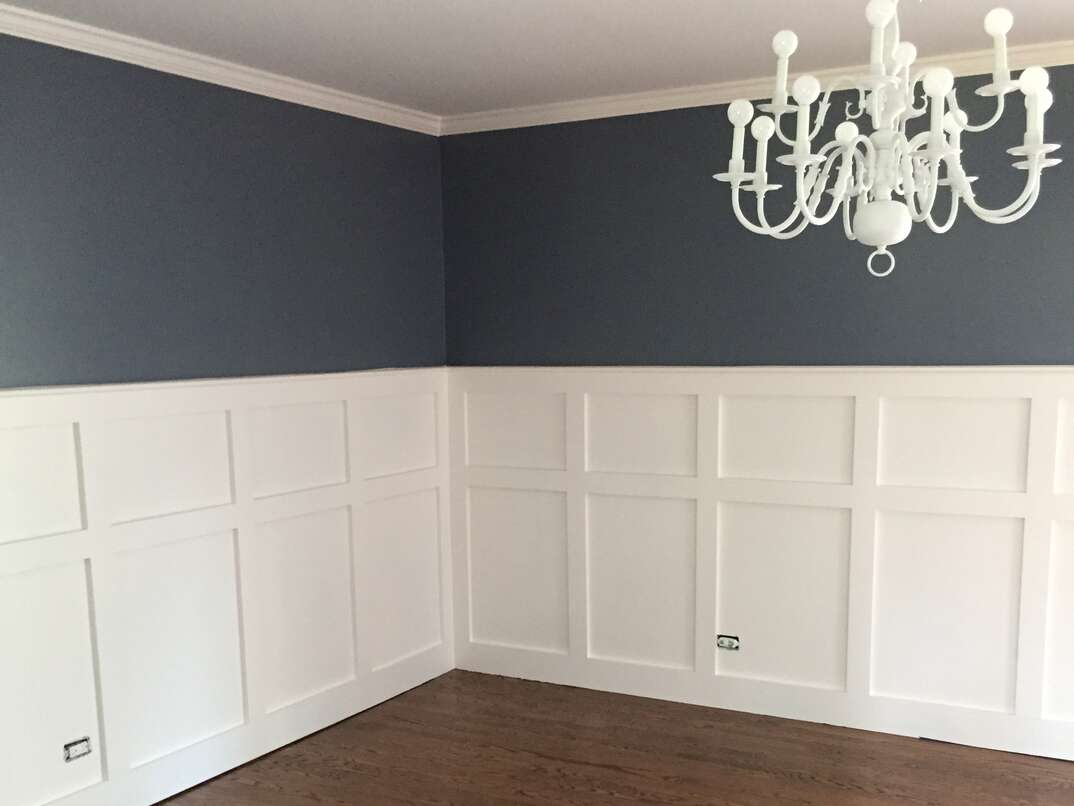How Much Does Wallpaper Cost?

Wallpaper is a great way to dress up a room or give a space an instant makeover. There are so many designs to choose from, and they can infuse a little more personality into your home than paint alone. If you know how to hang it, you can get the walls of an entire room papered in one day. Peel-and-stick wallpaper makes this wall covering an option for renters, too.
This May Also Interest You: How Much Do Professional Painters Charge?
If you're contemplating a drastic interior design change, cost is an important factor to consider. Here’s what you need to know.
Average Wallpaper Cost
The price of wallpaper depends on the type of product you purchase. According to Fixr, basic wallpaper runs $18 to $40 (CAD 23 to CAD 50) per roll on average, while designer and custom wallpaper can cost $280 (CAD 365) or more per roll.
One roll of wallpaper covers about 30 square feet, so expect to pay about $3.70 to $8.20 (CAD 4.80 to CAD 10.70) per square foot, including labor.
According to Fixr, the type of paper you choose also plays a role in pricing. Non-woven wallpaper is on the lower end of the price range, at about $1 (CAD 1.30) per square foot. Vinyl or vinyl-coated options cost a little more than $2 (CAD 3) per square foot. Grasscloth costs up to $4 (CAD 5) per square foot.
Hiring a Professional to Hang Wallpaper
If you hire out the job rather than do it yourself, the total cost more than doubles. Professionals can charge as much as $30 to $70 (CAD 40 to CAD 90) just to hang a single roll. The more prep work and custom cutting that needs to be done, the higher the price.
Is Wallpaper Cheaper Than Painting?
Even if you need multiple coats, it's typically cheaper to paint than to wallpaper a space. Labor costs are also lower. Where you can put a new coat of paint right on top of an existing one, you have to remove the existing wallpaper before you can put up more. This also increases the overall cost.
The final cost really comes down to the materials. If you want to add a decorative finish or another custom type of paint job to a wall, it may cost more than wallpaper.
More Related Articles:
- How to Hang Wallpaper
- How to Remove Wallpaper in 4 Steps
- 4 Ways to Match Paint Colors for Touchups
- How Much Does It Cost to Paint a House?
- How Much Does It Cost to Paint a Room?
Cost Factors
The prices listed above are for wallpaper alone — but wallpaper isn’t going to hang itself. There are several other factors that may drive up the price of your project:
Size of the Space
The bigger the room or wall you want to wallpaper, the more material you’ll need to cover it— and the more it’s going to cost. To estimate how much wallpaper is required, you’ll need to do some measuring. Here’s what to do:
First, calculate the square footage of the area you want to cover. Measure the height and width of every wall you want to wallpaper. Multiply those dimensions to get the surface area of the wall in square feet. Add the surface area of each wall together.
Then, measure each window, door or other area that you won't need to cover. Subtract the surface area of spaces you won't cover from the total area of the wall.
Lastly, add 10% to the total to account for trimming and lining up wallpaper correctly. If you’re covering a wall with a surface area of 80 square feet, for example, you’ll want to factor into your total an extra 10%, which is 8 square feet. In total, you’d want to purchase at least 88 square feet of wallpaper.
Wallpaper Preferences
Depending on what's printed on the paper, costs may vary. For example, 3-D wallpaper costs more than wallpaper with simple or traditional designs. You’ll also have to consider how hard it will be to align the wallpaper. If you have a specific pictorial design, you may need to purchase more material to give yourself enough room for lining up the paper.
Prepping the Walls
You may need to strip existing wallpaper from the walls or otherwise prep the walls by patching small holes and cracks. This involves extra materials, which can increase the cost of the job.
All CAD conversions are based on the exchange rate on the date of publication.


